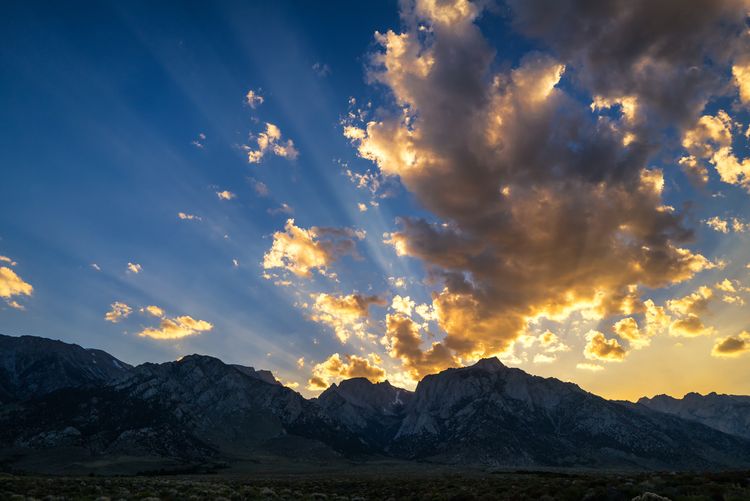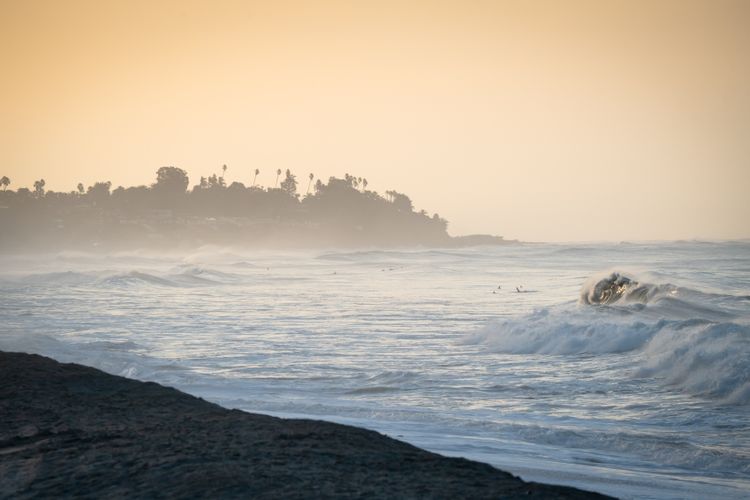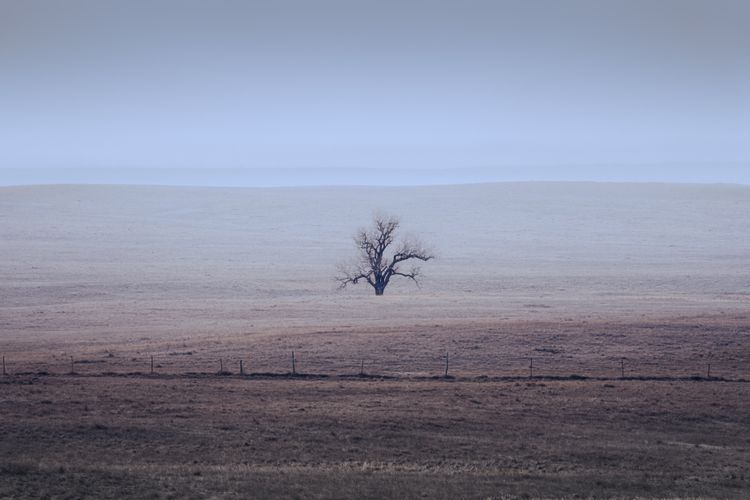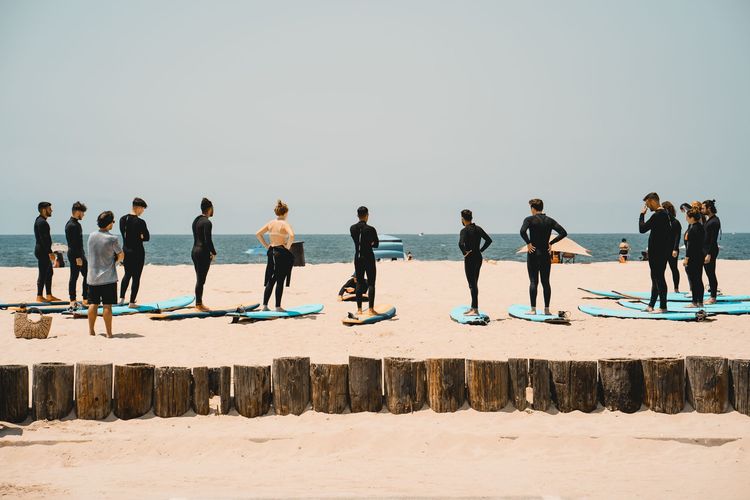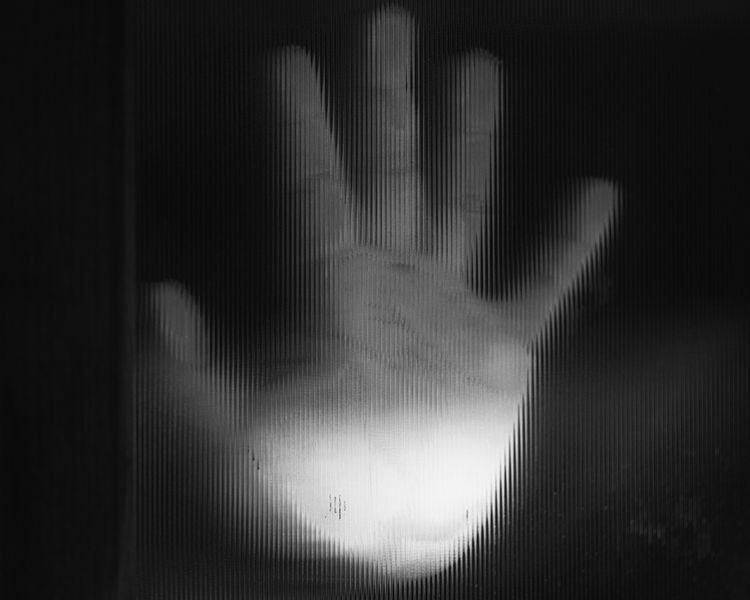48 Hours: Death Valley ripe for exploring
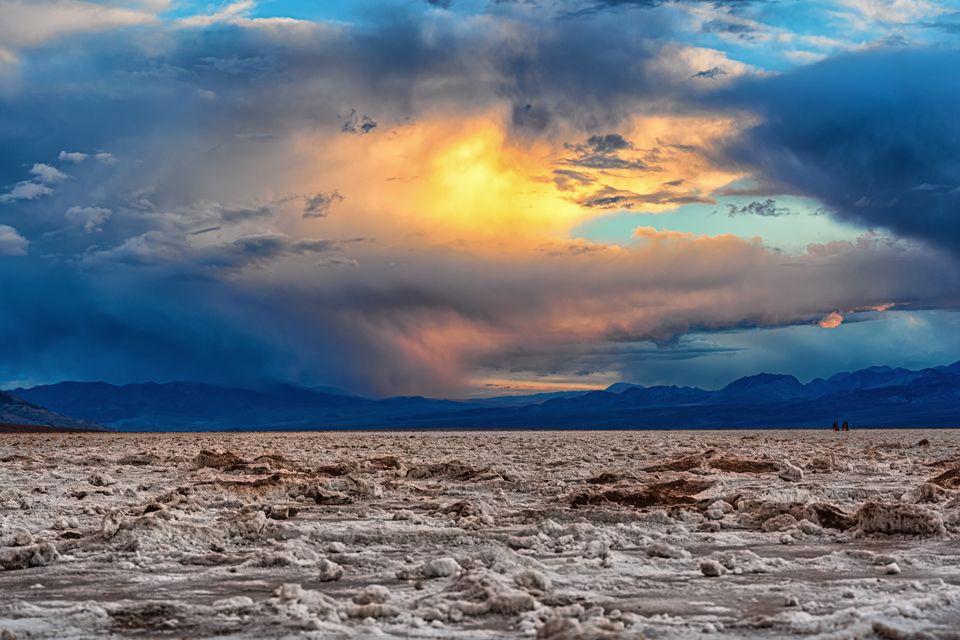
THE WIND STALKED me. It arrived in Lake Mead’s Black Canyon, where I camped the first night. It blew so hard, the tent flexed enough to roll my air mattress in the dark and howling night.
The next day, as I drove north on Highway 95 and west on Highway 373, the wind chased me into Death Valley, where I was trapped. Along the way, storm clouds blanketed the mountains. Rain and snow pelted the windscreen. Eventually this storm would drop epic snowfall on Colorado, Wyoming and New Mexico. March weather doing March things.
In California’s Death Valley National Park, the wind and rain and snow added to the intergalactic experience. The desolation is deafening, yet welcoming.
DEATH VALLEY IS part Sedona, part Mojave. It can look like Nevada’s Red Rock Canyon and California’s Kings Canyon. The national park’s valley floors — below sea level — could be the Bonneville Salt Flats. Zabriskie Point is part southern Utah, part South Dakota.
In essence, Death Valley is a vast and varied landscape ripe for exploring. It is dangerous (summer heat) and enticing (sweeping panoramas). It is diverse, breathtaking and bewildering.
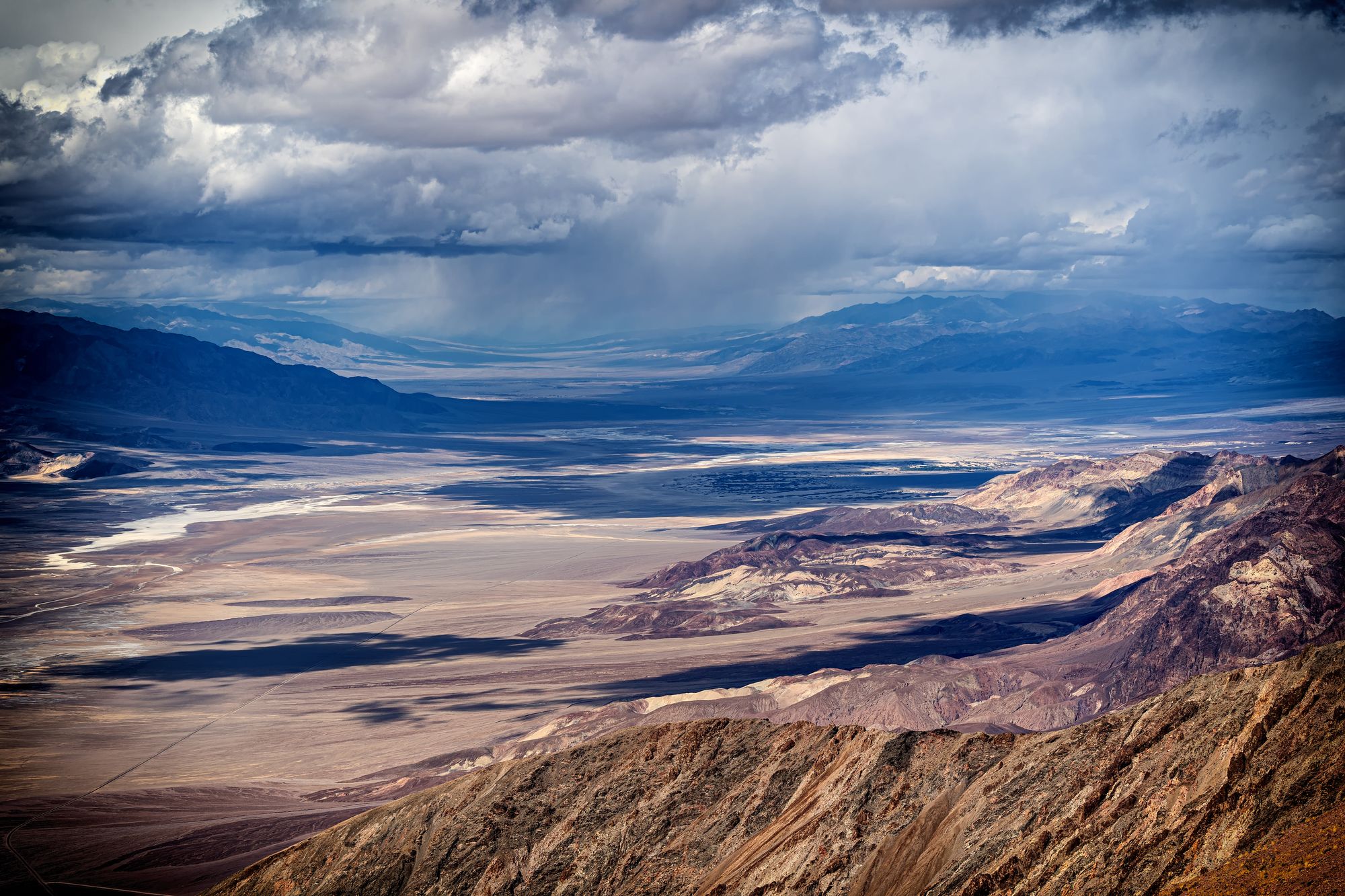
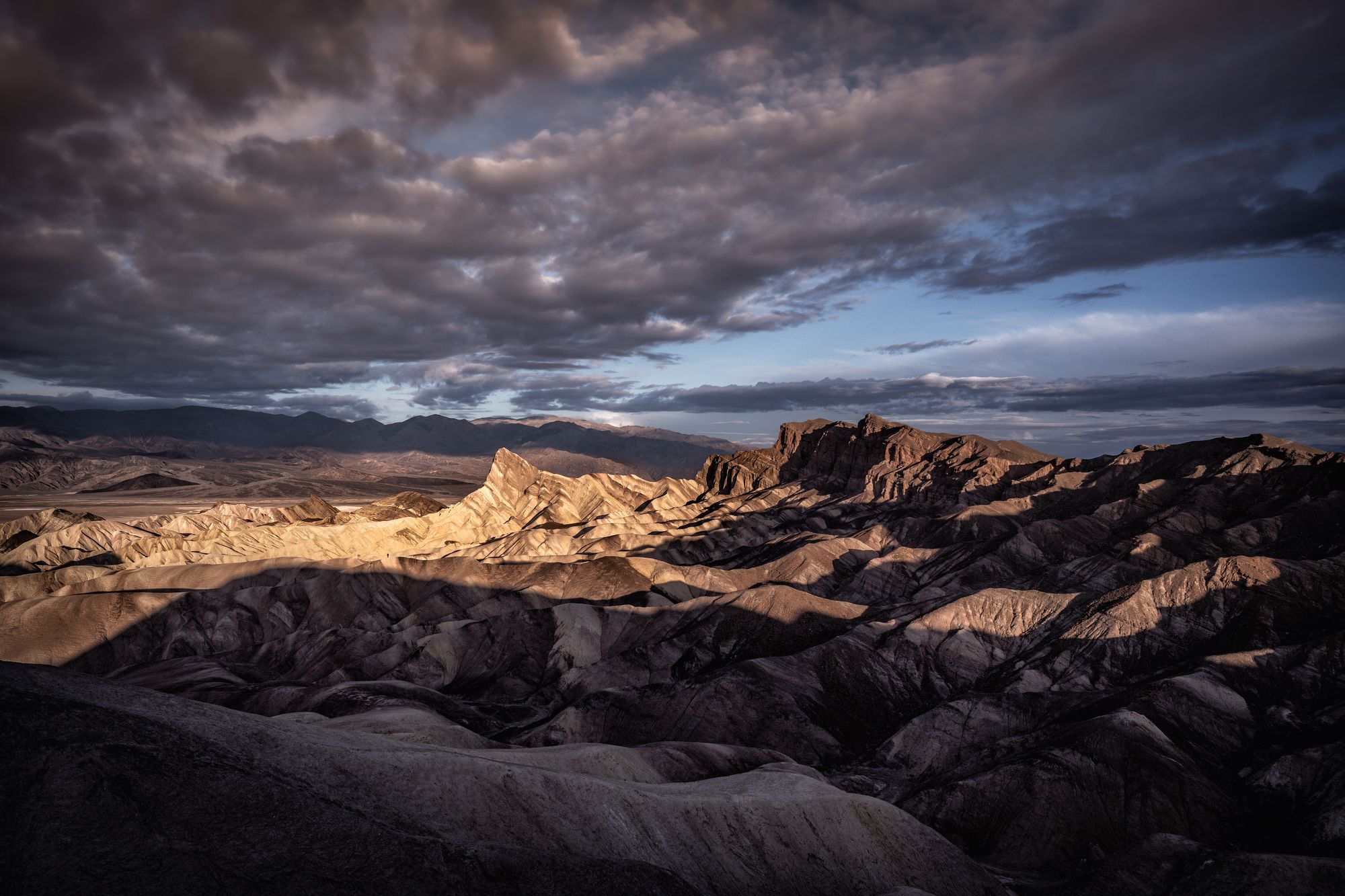
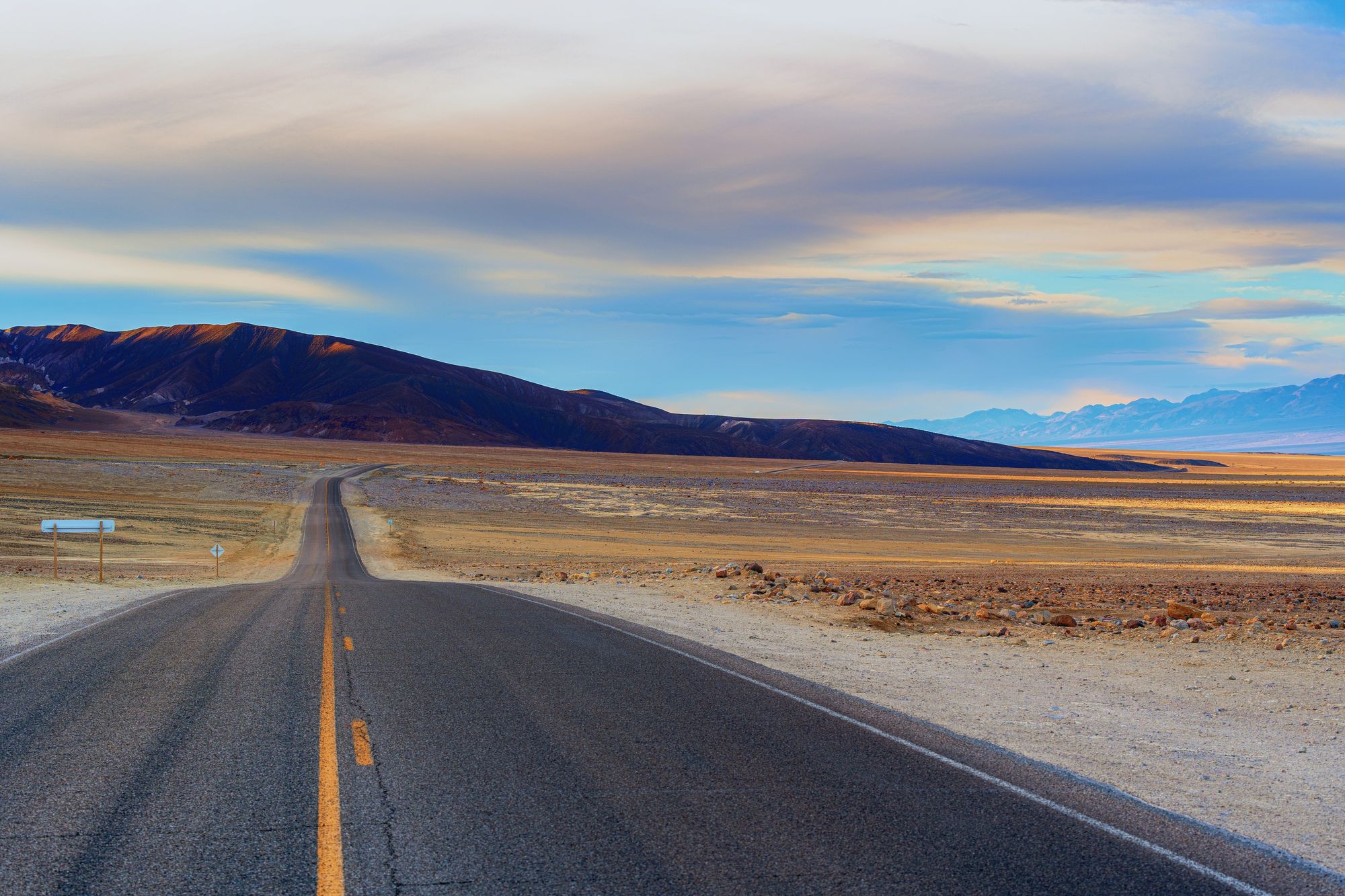
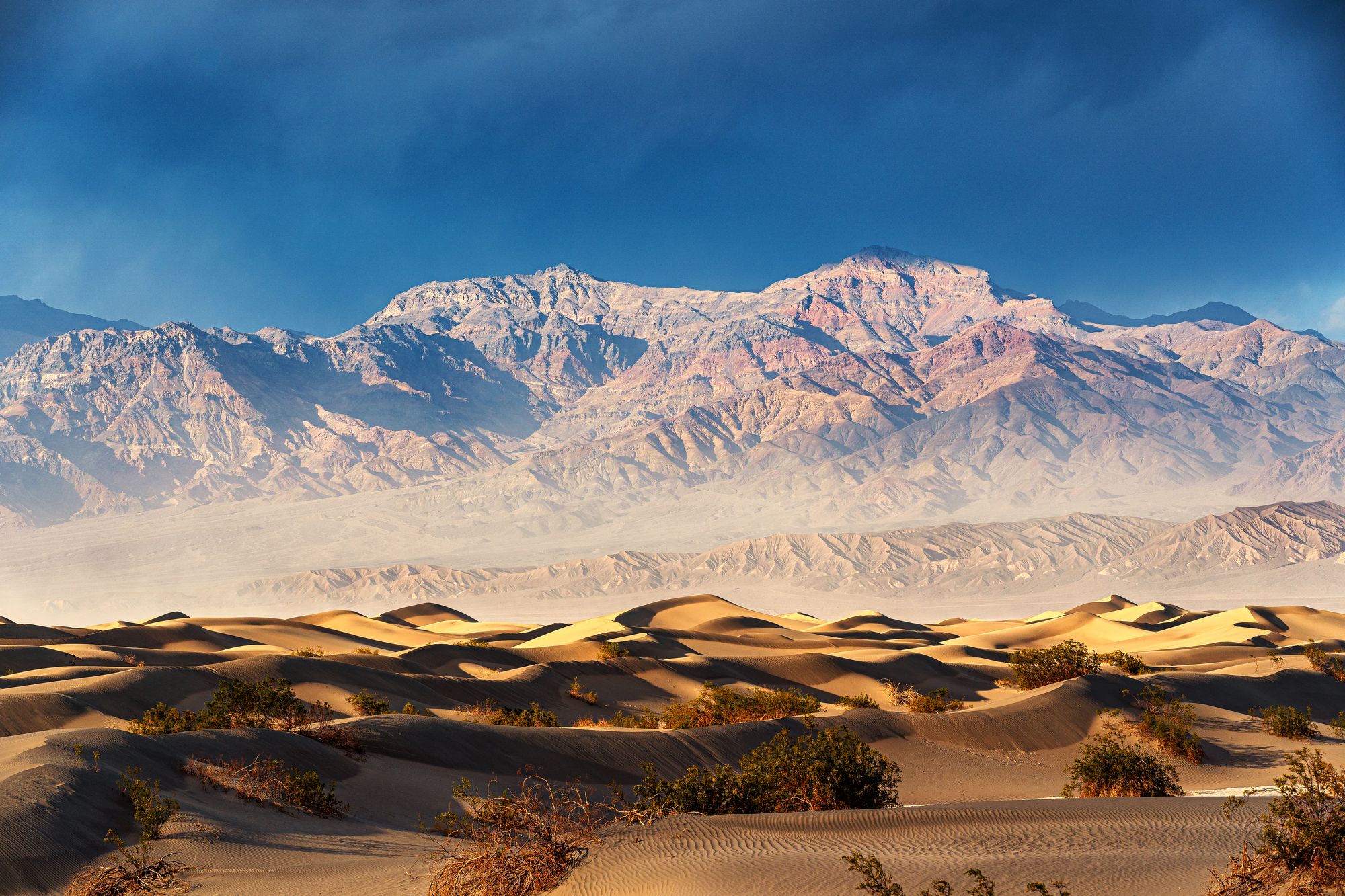
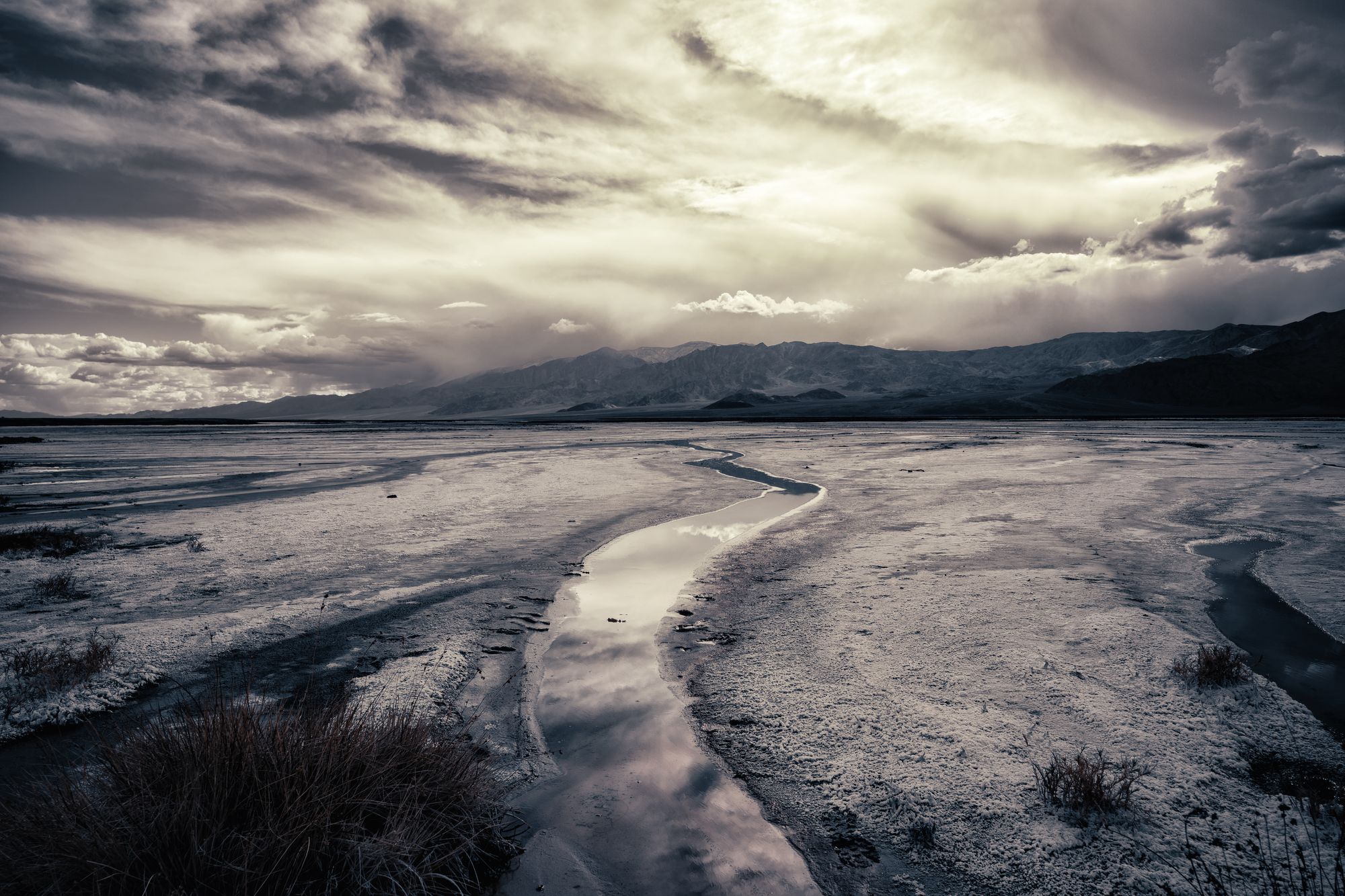
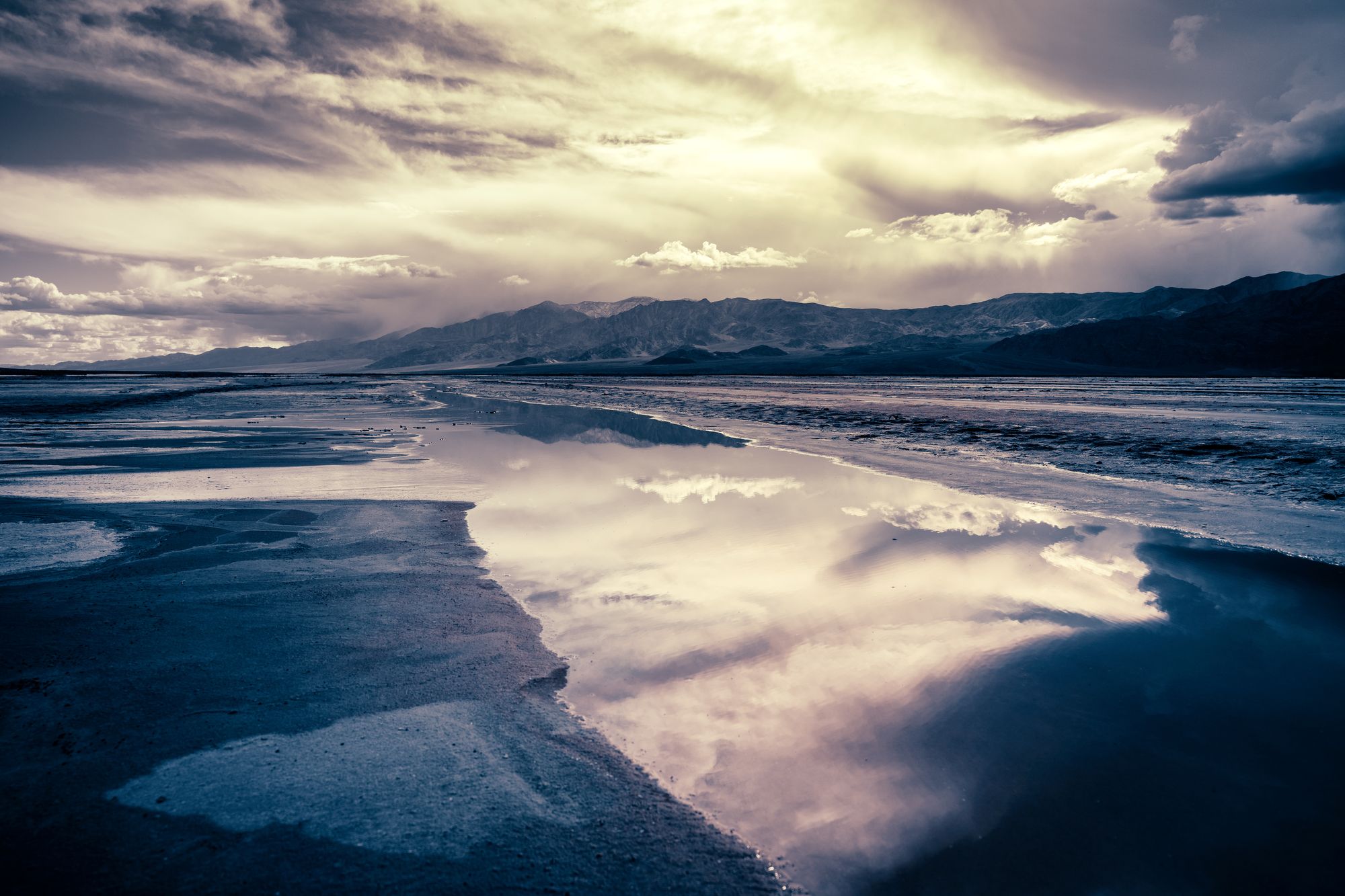
The recreation.gov site stops taking reservations for campgrounds after April 15. I booked a week before, luckily securing the last spot in Furnace Creek. The site was clean, well managed and your neighbors are right on top of you. Welcome to SoCal communal living.
With a detailed plan of attack, I left time for some touristy things. The Area 51 Alien Center. Death Valley Junction, home of the Amargosa Hotel and Opera House. From there, the park entrance was just a 30-minute drive. The descending and winding road offered a preview of what to expect, and it didn’t take long before I knew my best laid plans were about to explode.
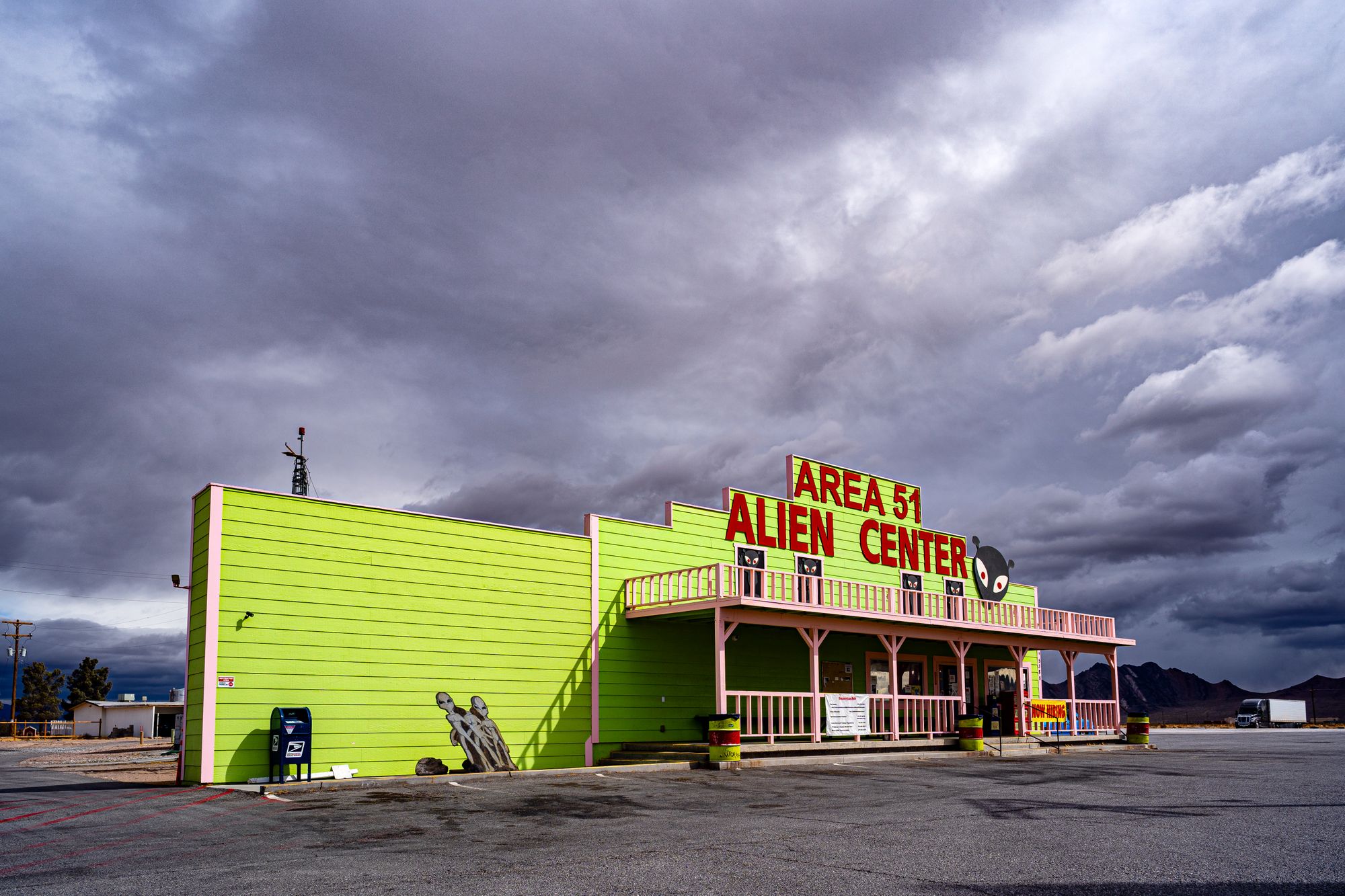
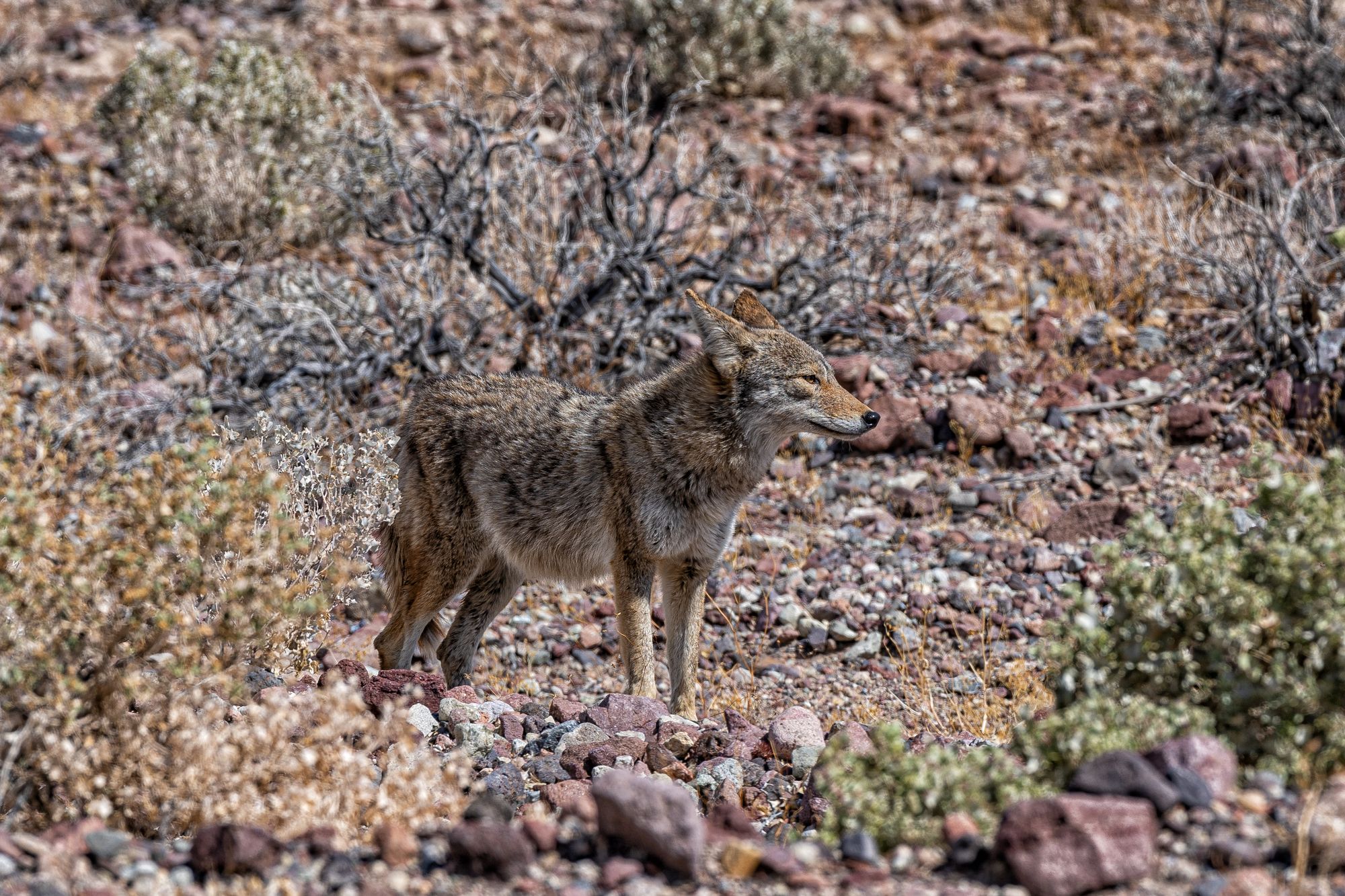
Awestruck by the mineral-infused colored cliffs and mountains, my first detour presented itself: the road to Dante’s View, located on the north side of Coffin Peak. A coyote trotted in front of my vehicle, and I hit the brakes hard. It continued, stopping in the dry vegetation to size me up.
Thirteen miles of twisty road and a 9-percent grade ensued. At the apex, my nemesis returned. At 5,476 feet, the temperature had dropped about 15 degrees. The wind was trying to pin me in my car as I leaned into my door, struggling to get out. Stepping quickly out and away, Dante himself slammed it shut. The wind was fierce. But the incoming storm created a dramatic view of the valley. This detour was worth it.
Recommended soundtrack: U2's "The Joshua Tree"
After tumbling back into the security of the Land Rover, it was time to find Furnace Creek, and the campground that would be home for the night. In Death Valley, distance is harder to calculate with the eye. The enormous size of the park – some 3.4 million acres (largest national park outside of Alaska) – coupled with the wide valleys and towering mountains, makes everything seem larger than life.
A couple of wrong turns later, I eventually found site #100 at Furnace Creek Campground. The wind had leveled the neighbor’s tent. It sailed about 50 yards into the desert. Others gathered large rocks as weights. My trusty 25-year-old Kelty sets up in a snap, and I weighted it down with cookware and a cooler before departing for Mesquite Sand Dunes and the afternoon light show.
STOVEPIPE WELLS, a tiny outpost within the park, is 27 miles down California Highway 190 from Furnace Creek. It has a campground, small motel, convenience store, gas pump and restaurant. Just before Stovepipe Wells is the turn out for Mesquite Sand Dunes. Hoping to avoid the crowds and inevitable footprints in the sand, I parked off the highway well before the touristy turnout and walked in.
The ever-present storm clouds billowed above the peaks, diffusing the light. Deep shadows were prevented from their afternoon naps on the dark side of the dunes. This is when the magic happens, that contrast of darkness and light. Working the scene, I remained hopeful for a break. The weather was creating a dramatic backdrop, with rising squalls of sand giving way to a colorful and chaotic stage.
The wind was blowing hard, kicking sand into places it shouldn’t be. For now, nature was winning. I hiked back to my vehicle. Just then, the sun broke free and created a scene like no other: those napping shadows, sleeping on the far edges of wind-sculpted dunes; the curtains of blowing sand, reflecting and refracting light; the dramatic 8,738-foot rise of the Grapevine Mountains, with its colorfully striped core. It was unique and beautiful and magical.
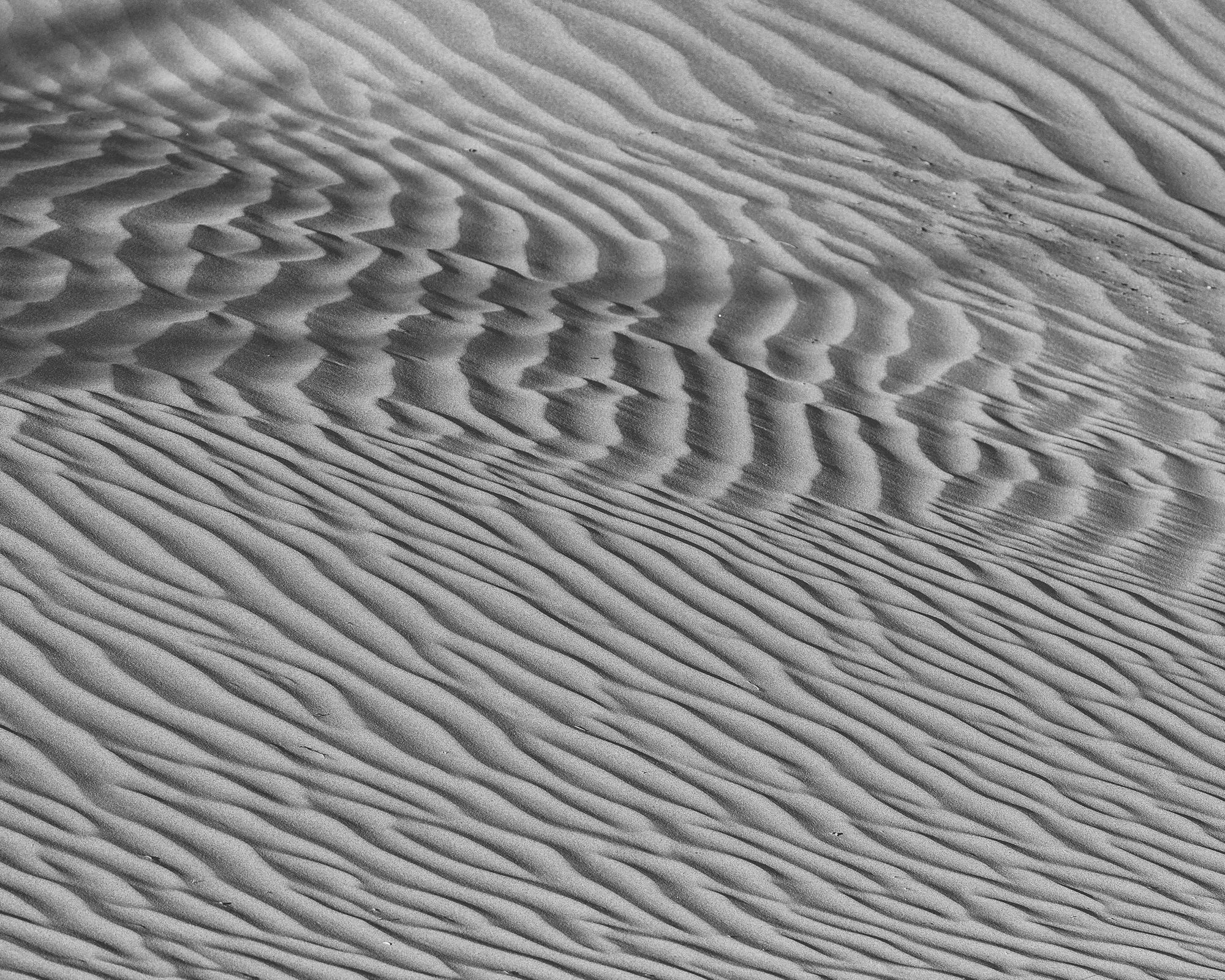
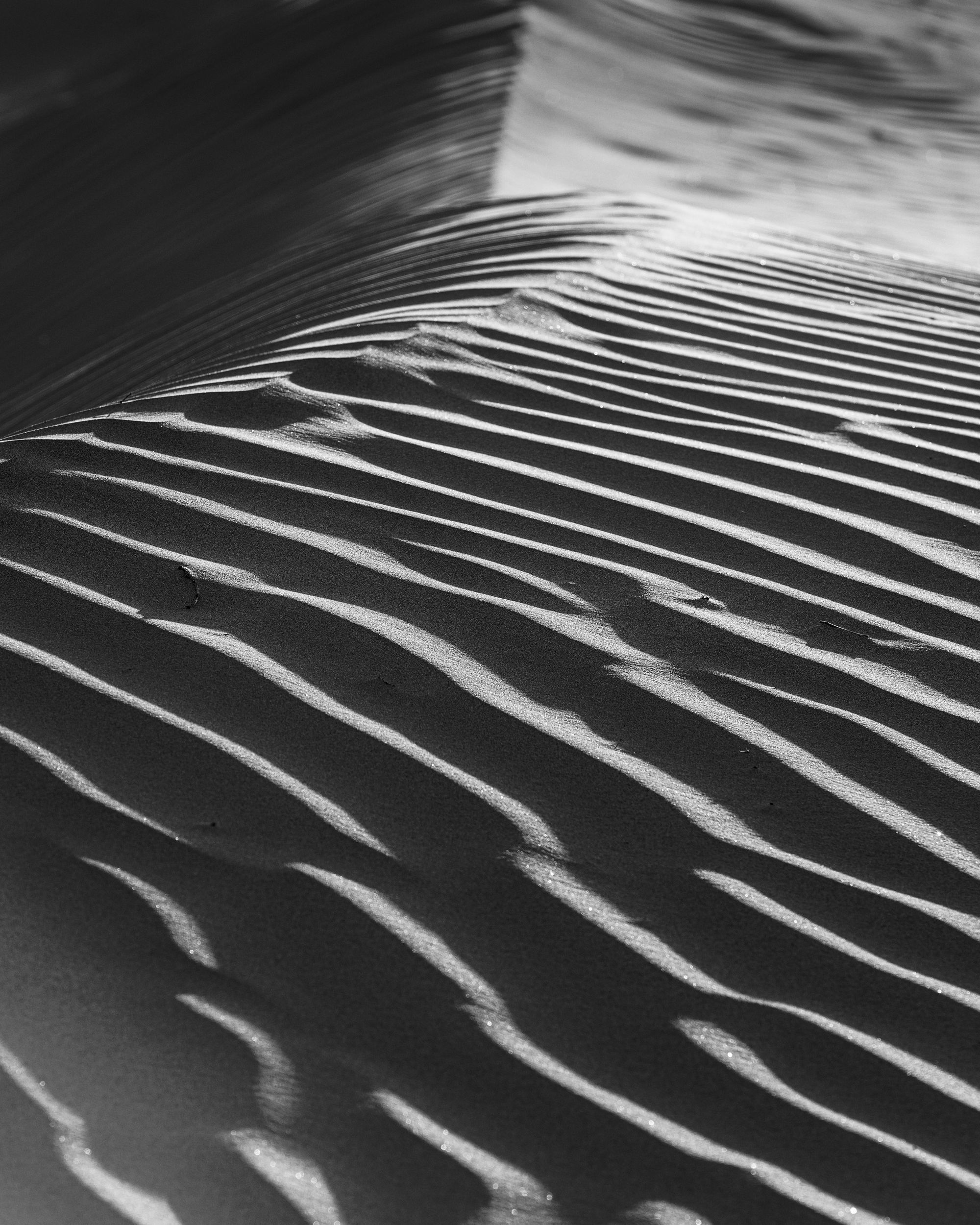
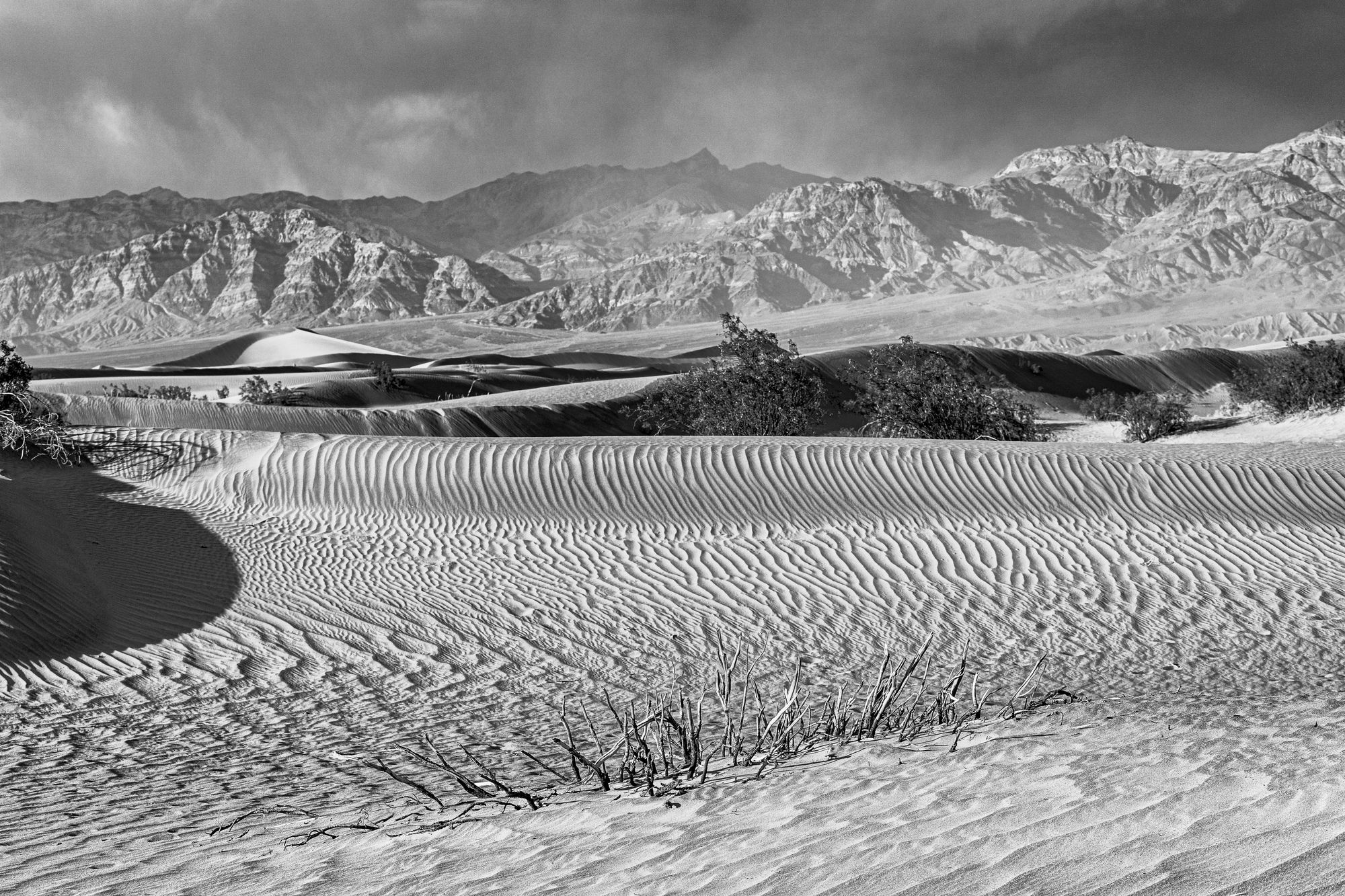
With the sun slinking behind a wall of vapor and rock, I returned to camp and found my tent thrashing about in the wind. Sand — as it does — infiltrated the interior. The stakes weren’t holding. On this night, the back of the Rover was rearranged to accommodate a good night’s sleep.
AN EARLY ALARM sounded for sunrise at Zabriskie Point, an easy 5-mile commute. It is crowded with a photography class. I hear an elderly student shout “Uh, Jennifer? There’s something wrong with my camera!” Others arrive with selfie sticks, hoods pulled high and tight to fight the morning chill. Regardless, this was good. The light was incredible.
Some breakfast, then a long drive to see Rainbow Canyon, a.k.a. Star Wars Canyon. It’s hard to say if I’d do that again. It was a gorgeous drive, with some hairpin turns and magnificent vistas, but the canyon underwhelmed. Artist's Drive and the Artist's Palette is more impressive.
The last stop on the schedule was Badwater Basin. I was most excited about this one, but probably didn’t do my homework well enough. I didn’t realize I’d be hiking a couple miles in to find the best patterns of salt crystals on the valley floor. Normally no big deal. But I would have arrived earlier to offer more time for scouting. Each step was met with a crunch. It looked like snow, ice or slush. It felt hard and crusty. It sounded … different.
With thick storm clouds shrouding the sun, hues of blue and grey combined for a mystical glow. It was blue hour before blue hour, and the sunset wasn’t cooperating. Until it was. Death Valley can be very random. Nothing as it seems; everything unpredictable. This place, though. It’s magical.
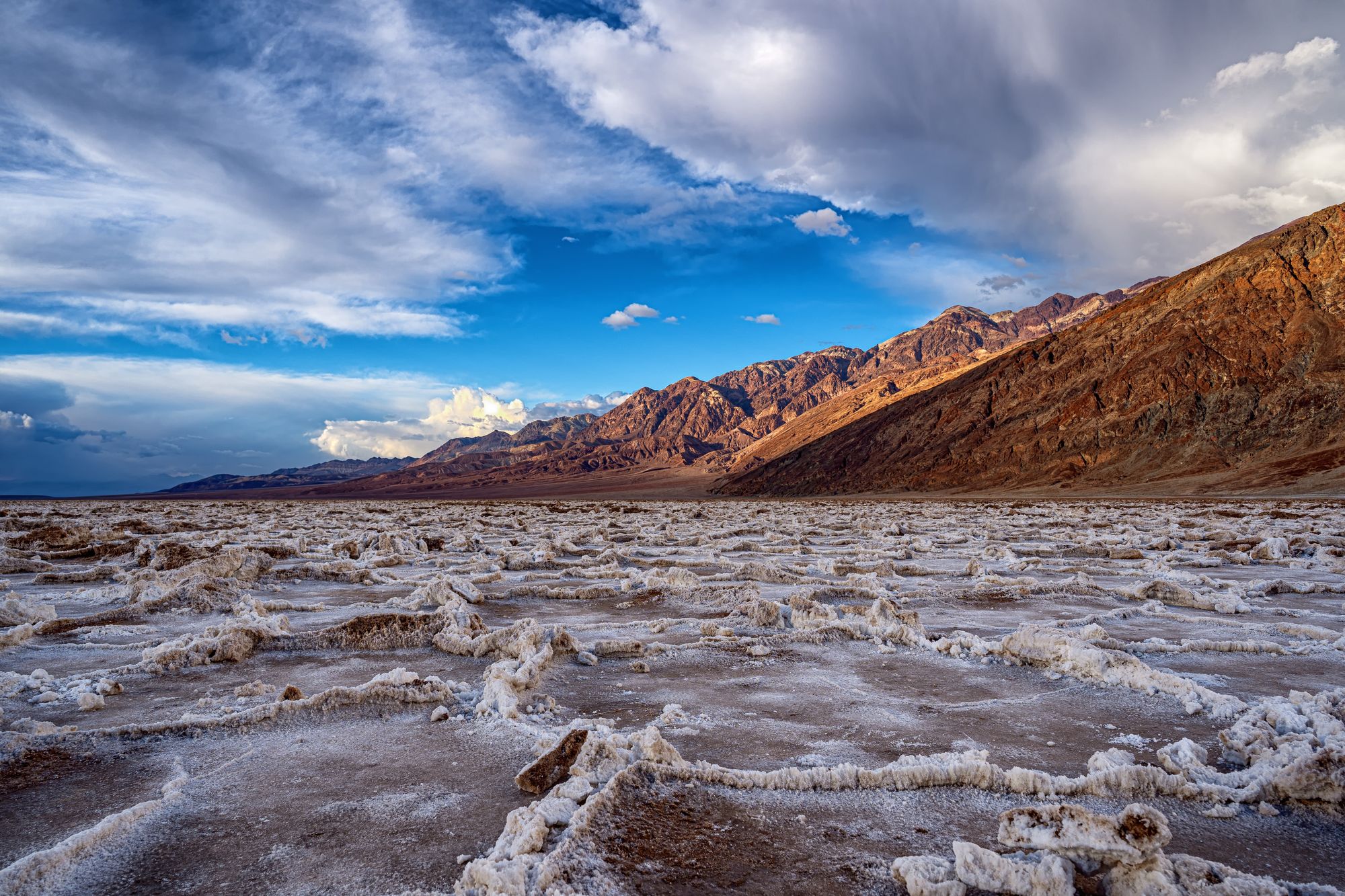
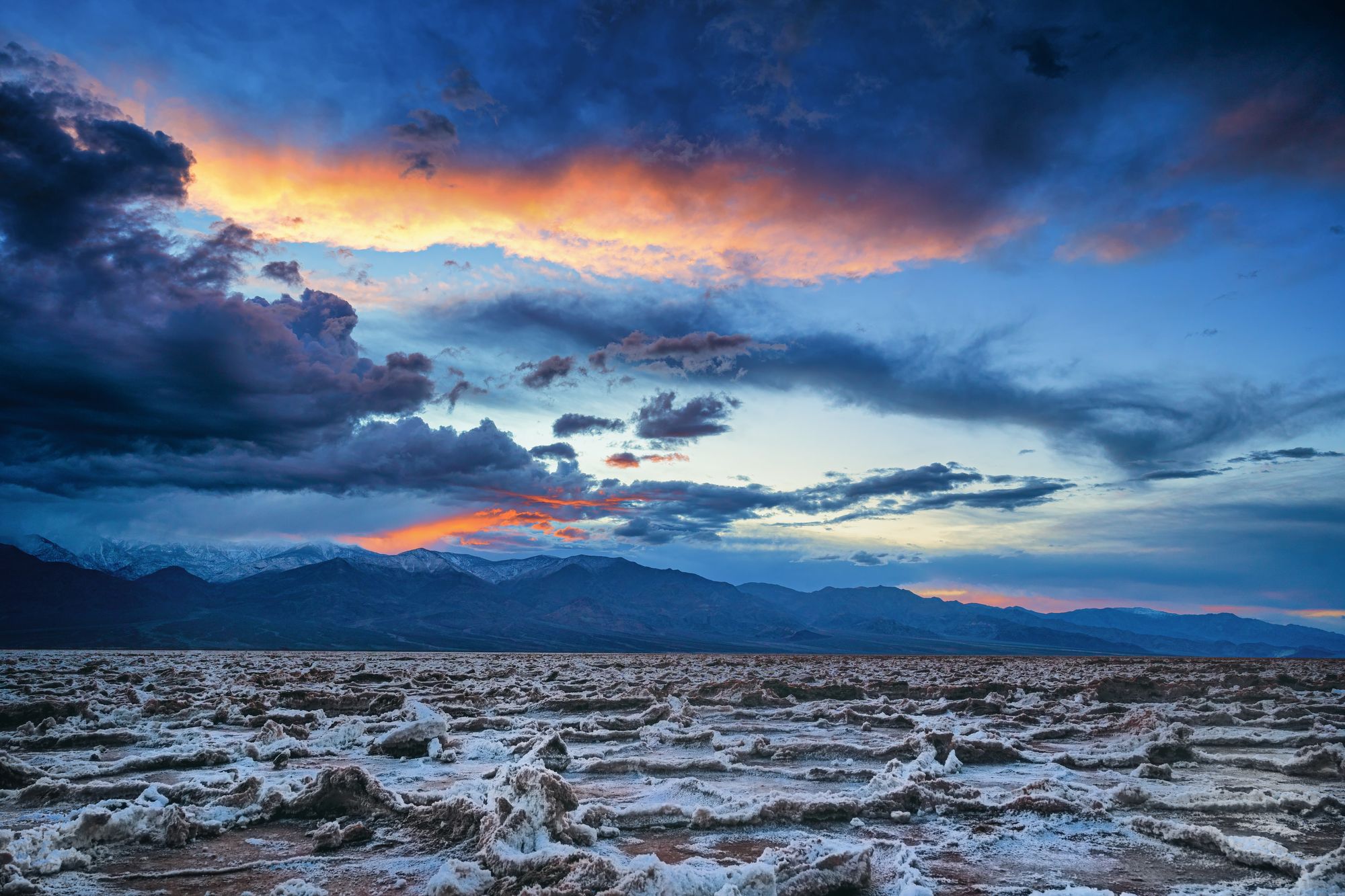
The Barrel:
While there are a couple of breweries near Tecopah, Calif., I didn't get a chance to venture that far south. The stores in the park offer the typical macros and some Cali micros. While priced at a premium (like the $5.49 gallon of gas), I'm a huge fan of Ballast Point's Sculpin IPA. It's a banger.
The Bomb:
It's hard to pick one must-see here, but I'm going with Badwater Basin. Make sure you have the time and are well prepared to hike in. It's mostly flat and easy, but requires patience and a willingness to keep going farther for the best experience. You'll enjoy it.

